News
Fastest muscle car: A look at the speed kings of the road
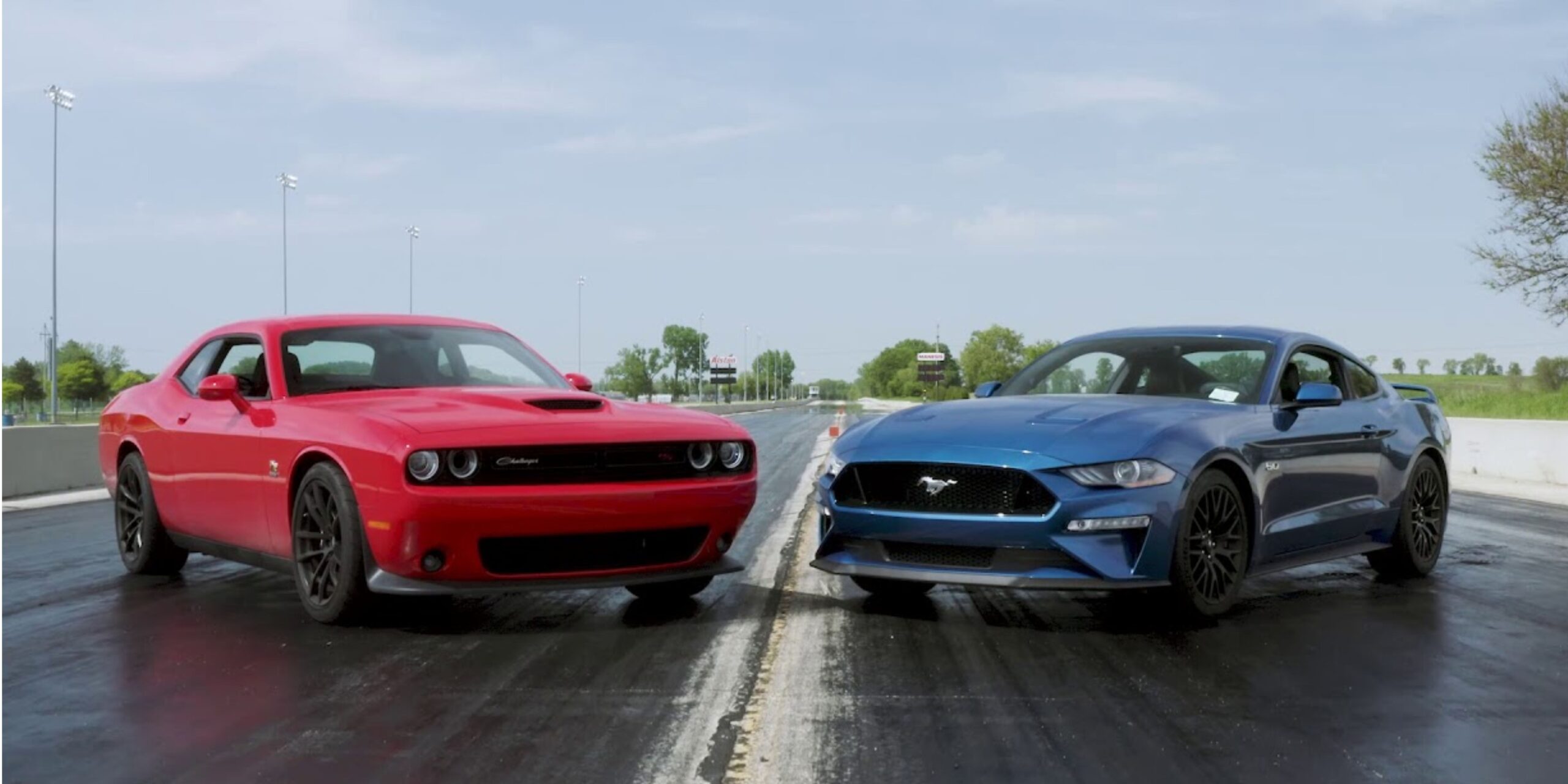
Muscle cars have long been symbols of American automotive power and performance. These high-horsepower beasts are designed to deliver adrenaline-pumping speed and thrilling acceleration. But among the legends of the muscle car world, which one stands as the fastest?
This article dives into the history, engineering, and top contenders for the title of the fastest muscle car, providing insights into what makes these vehicles true speed demons.
The evolution of muscle cars
The muscle car era began in the 1960s when American automakers started producing mid-sized cars with powerful V8 engines. These cars were affordable, fast, and designed for straight-line speed. The Pontiac GTO, introduced in 1964, is often credited as the first true muscle car, combining a powerful engine with a relatively lightweight body.
The golden age of muscle cars
The late 1960s and early 1970s are considered the golden age of muscle cars. During this period, manufacturers like Ford, Chevrolet, Dodge, and Plymouth were locked in a horsepower war, each trying to outdo the other with faster, more powerful models.
Cars like the Ford Mustang, Chevrolet Camaro, Dodge Challenger, and Plymouth Barracuda became iconic symbols of American automotive culture.
Modern muscle cars
While the muscle car era faded in the mid-1970s due to rising fuel prices and stricter emissions regulations, the 21st century has seen a resurgence of interest in these powerful vehicles. Modern muscle cars combine classic styling with advanced technology, offering more speed and power than ever before.
Today’s muscle cars are equipped with sophisticated suspension systems, modern electronics, and engines that produce staggering amounts of horsepower.
Top contenders for the fastest muscle car
Muscle cars have always been synonymous with power and speed, and the competition for the title of the fastest muscle car is intense. These vehicles are designed to be not just powerful, but also incredibly quick, earning their place among the fastest cars on the road.
From classic legends to modern engineering marvels, several muscle cars have staked their claim as the fastest in the world, each offering a unique blend of performance, design, and engineering excellence.
Dodge Challenger SRT Hellcat Redeye
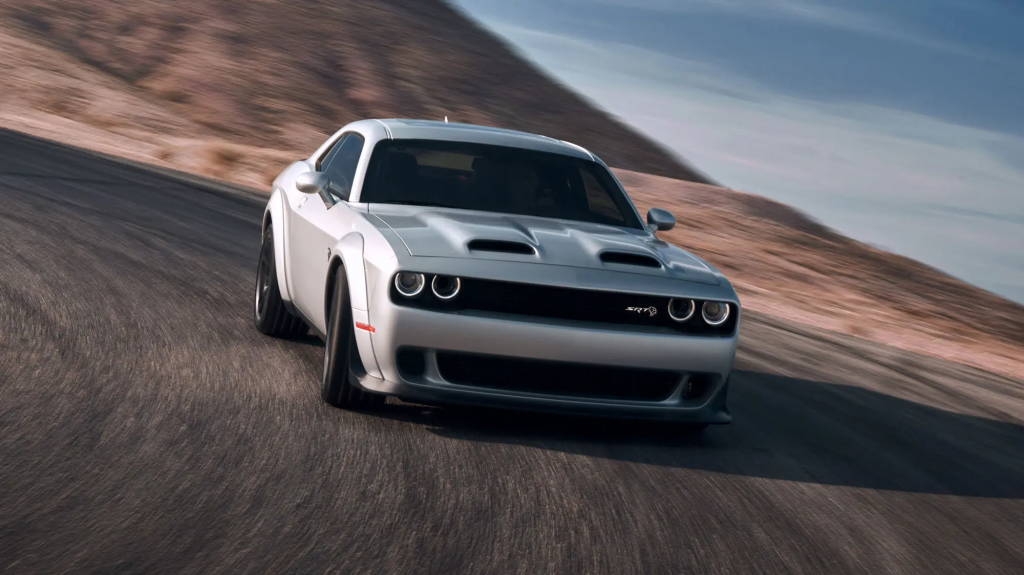
The Dodge Challenger SRT Hellcat Redeye is a modern muscle car that has redefined the limits of speed and power. With a supercharged 6.2-liter HEMI V8 engine producing 797 horsepower, the Hellcat Redeye can accelerate from 0 to 60 mph in just 3.4 seconds. It has a top speed of 203 mph, making it one of the fastest muscle cars ever produced.
- Engine specs: 797 horsepower, 707 lb-ft of torque
- Performance: 0-60 mph in 3.4 seconds, top speed of 203 mph
- Key features: Launch control, Torque Reserve, and a high-performance braking system
Ford Mustang Shelby GT500
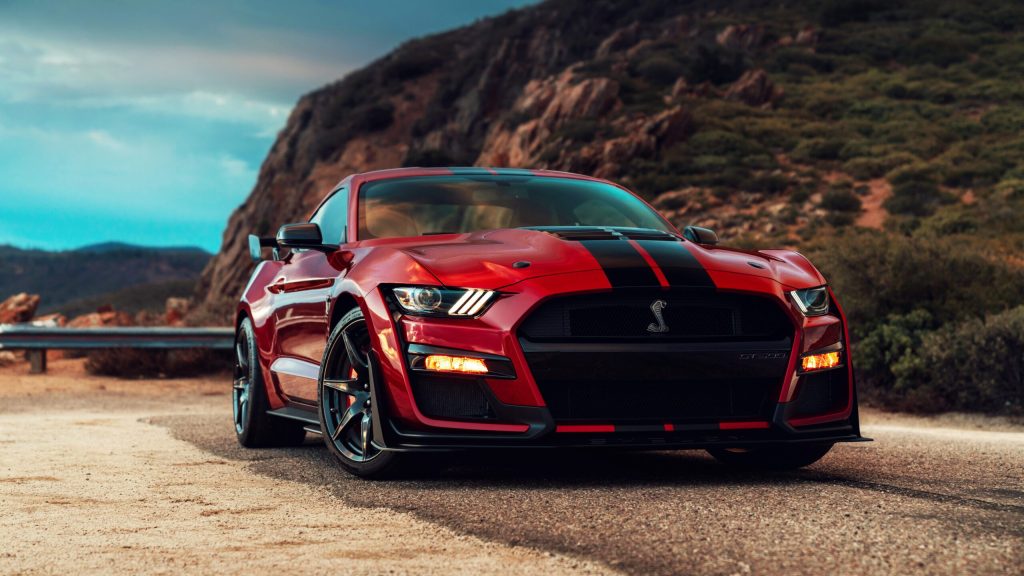
The Ford Mustang Shelby GT500 is another top contender in the race for the fastest muscle car. Equipped with a supercharged 5.2-liter V8 engine, the Shelby GT500 delivers 760 horsepower and 625 lb-ft of torque. It can sprint from 0 to 60 mph in approximately 3.3 seconds and has a top speed of 180 mph.
- Engine specs: 760 horsepower, 625 lb-ft of torque
- Performance: 0-60 mph in 3.3 seconds, top speed of 180 mph
- Key features: Active suspension, Brembo brakes, and an advanced aerodynamics package
Chevrolet Camaro ZL1
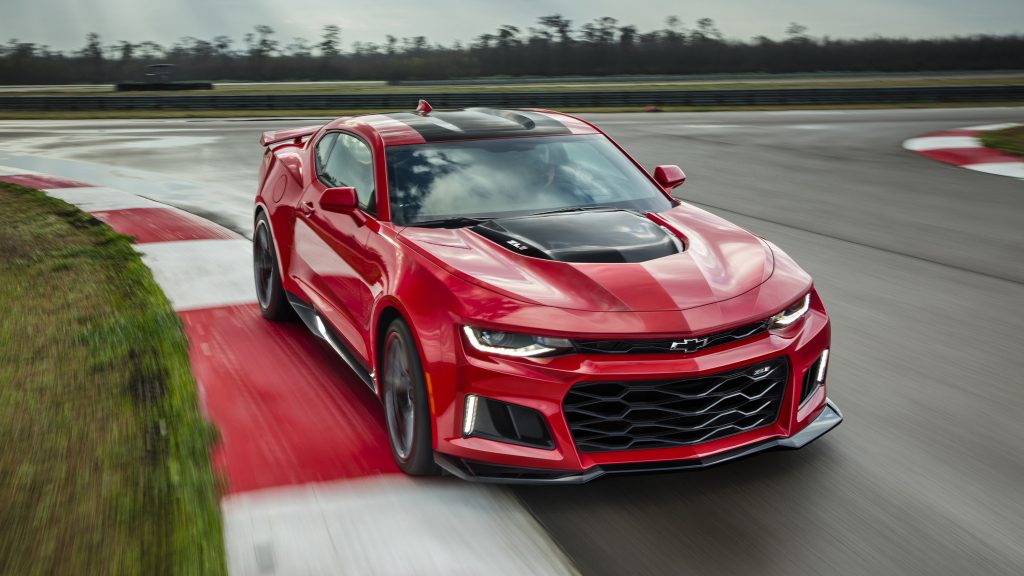
The Chevrolet Camaro ZL1 is a modern muscle car that combines raw power with track-ready performance. Its supercharged 6.2-liter V8 engine produces 650 horsepower and 650 lb-ft of torque. The Camaro ZL1 can accelerate from 0 to 60 mph in 3.5 seconds and reaches a top speed of 198 mph.
- Engine specs: 650 horsepower, 650 lb-ft of torque
- Performance: 0-60 mph in 3.5 seconds, top speed of 198 mph
- Key features: Magnetic Ride Control, Performance Traction Management, and an aerodynamic body kit
Dodge Charger SRT Hellcat
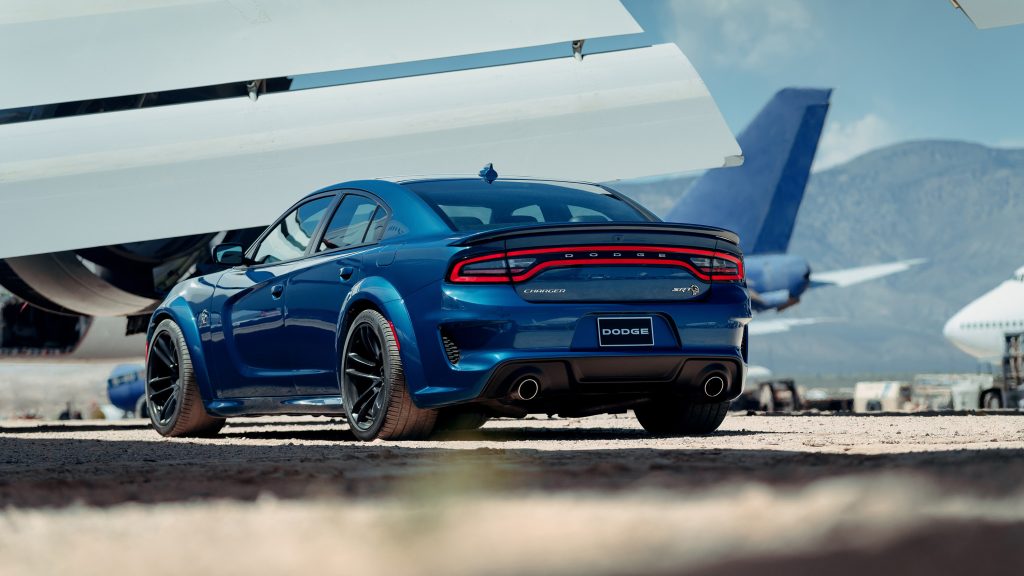
The Dodge Charger SRT Hellcat is another powerhouse from Dodge, offering muscle car performance in a four-door sedan. Powered by the same 6.2-liter supercharged HEMI V8 engine found in the Challenger Hellcat, the Charger SRT Hellcat produces 717 horsepower and 650 lb-ft of torque. It can go from 0 to 60 mph in 3.6 seconds, with a top speed of 196 mph.
- Engine specs: 717 horsepower, 650 lb-ft of torque
- Performance: 0-60 mph in 3.6 seconds, top speed of 196 mph
- Key features: High-performance suspension, adaptive damping, and a high-strength steel frame
What makes a muscle car fast?
At the heart of every fast muscle car is a powerful engine. Muscle cars are traditionally equipped with large-displacement V8 engines that produce high amounts of horsepower and torque. These engines are designed to deliver immense power to the rear wheels, allowing for rapid acceleration and high top speeds.
- Horsepower: The more horsepower an engine produces, the faster the car can accelerate and reach its top speed. Modern muscle cars often exceed 700 horsepower, thanks to advancements in engine technology.
- Torque: Torque is the twisting force that helps a car accelerate. High torque levels are essential for quick launches and strong mid-range acceleration, which are crucial in muscle car performance.
Aerodynamics and weight distribution
While raw power is important, aerodynamics and weight distribution also play key roles in a muscle car’s speed. Modern muscle cars are designed with aerodynamic features that reduce drag and increase downforce, allowing the car to maintain stability at high speeds.
- Aerodynamic design: Features like front splitters, rear spoilers, and underbody diffusers help manage airflow around the car, reducing drag and improving high-speed handling.
- Weight distribution: A balanced weight distribution ensures that the car remains stable during acceleration and cornering. Many muscle cars achieve this by placing the engine and other heavy components in strategic locations within the chassis.
Transmission and drivetrain
The transmission and drivetrain are critical components in delivering power from the engine to the wheels. Muscle cars typically use performance-tuned automatic or manual transmissions that are optimized for fast gear changes and efficient power delivery.
- Automatic vs. manual: While traditional muscle cars often feature manual transmissions, many modern muscle cars use advanced automatic transmissions with paddle shifters for faster gear changes and improved performance.
- Rear-wheel drive: Most muscle cars are rear-wheel drive, which provides better weight distribution and traction during acceleration. Rear-wheel drive also enhances the car’s handling characteristics, making it more responsive during high-speed maneuvers.
Comparing the fastest muscle cars
When comparing the fastest muscle cars, speed and acceleration are the primary metrics. The Dodge Challenger SRT Hellcat Redeye, Ford Mustang Shelby GT500, and Chevrolet Camaro ZL1 all offer blistering acceleration and top speeds that exceed 180 mph. Each of these cars has been engineered to deliver maximum performance on both the street and the track.
- Dodge Challenger SRT Hellcat Redeye: 0-60 mph in 3.4 seconds, top speed of 203 mph
- Ford Mustang Shelby GT500: 0-60 mph in 3.3 seconds, top speed of 180 mph
- Chevrolet Camaro ZL1: 0-60 mph in 3.5 seconds, top speed of 198 mph
Driving experience
While speed is a significant factor, the overall driving experience also matters. Each of these muscle cars offers a unique driving experience, with differences in handling, comfort, and features.
- Dodge Challenger SRT Hellcat Redeye: Known for its raw power and aggressive styling, the Hellcat Redeye is a muscle car enthusiast’s dream.
- Ford Mustang Shelby GT500: The Shelby GT500 offers a more refined driving experience, with advanced aerodynamics and handling technologies.
- Chevrolet Camaro ZL1: The Camaro ZL1 strikes a balance between power and agility, making it equally at home on the drag strip and the racetrack.
Final thoughts
The quest for the title of the fastest muscle car is a battle of engineering prowess, horsepower, and speed. Modern muscle cars like the Dodge Challenger SRT Hellcat Redeye, Ford Mustang Shelby GT500, and Chevrolet Camaro ZL1 have pushed the boundaries of what these iconic vehicles can achieve.
With top speeds exceeding 200 mph and acceleration times rivaling supercars, these muscle cars are more than just fast—they are symbols of American automotive innovation and performance.
Whether you’re a fan of the classic muscle car era or the modern speed kings, there’s no denying the thrill of driving one of the fastest muscle cars on the road. Also, here are some similar articles that you might find useful:
